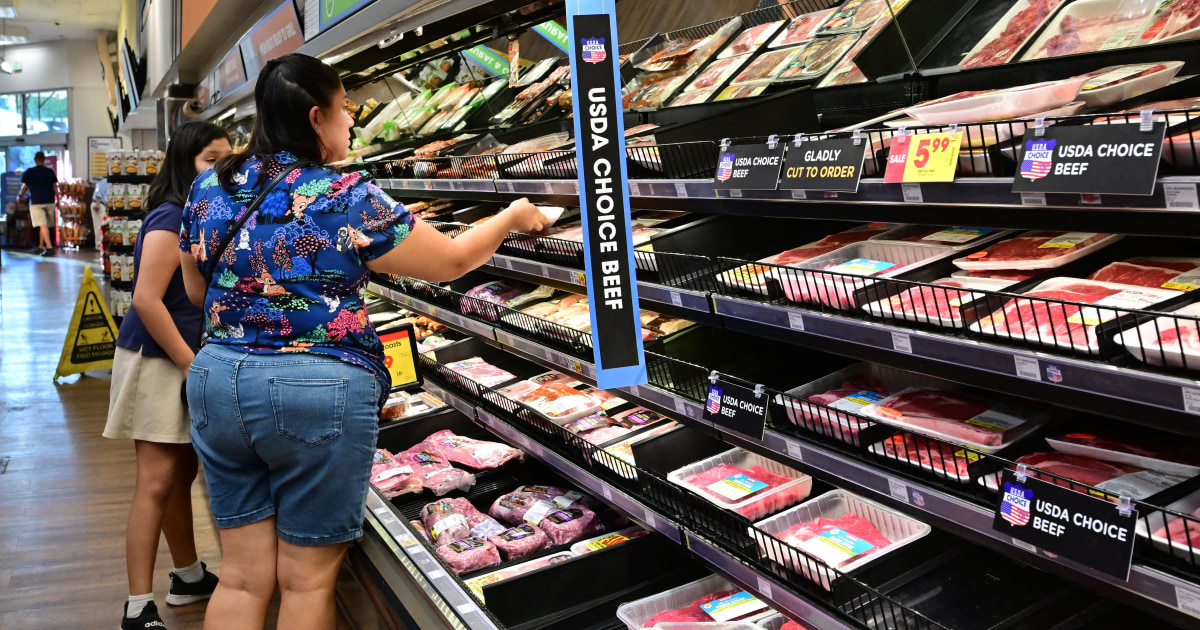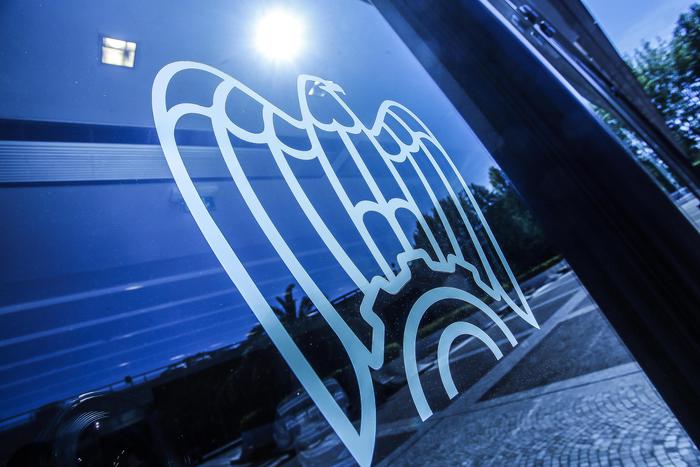The US economy slowed sharply in the first three months of 2023, growing at a rate of 1.1% compared to 2.6% in the previous quarter, according to Commerce Department data released Thursday.
Rising interest rates and shrinking business inventory hurt growth even as consumer spending (which accounts for about 70% of economic activity) held firm, rising 3.7%, the fastest quarterly pace in nearly two years.
The slowdown reflects the impact of the Federal Reserve's aggressive strategy to control inflation, with nine interest rate hikes in the last year.
The rising cost of borrowing is expected to push the economy into a recession sometime this year.
Although inflation has steadily declined from a four-decade high last year, it remains well above the 2% target set by the Federal Reserve.
The real estate market, especially vulnerable to rising interest rates, has been affected.
And many banks have tightened their lending rules since the bankruptcy of two large US banks last month, making it even more difficult to obtain loans to buy a house or a car or to expand a business.
Many economists say the cumulative impact of the Federal Reserve's rate hikes has not yet been fully felt.
Yet central bank policymakers are aiming for a soft landing: cooling growth enough to curb inflation, but not so much that it plunges the world's largest economy into recession.
There is widespread skepticism that the Federal Reserve will pull it off.
An economic model used by the Conference Board, a business research group, puts the probability of a US recession over the next year at 99%.
The Conference Board's recession probability indicator hovered around zero from September 2020, when the economy recovered explosively from the COVID-19 recession, until March 2022, when the Federal Reserve began raising rates to fight against inflation.
Consumers, whose spending accounts for roughly 70% of US economic output, seem to be starting to feel the cold.
Retail sales had gotten off to a good start in January, helped by warmer-than-expected weather and bigger Social Security checks.
But in February and again in March, retail sales plummeted.
The worst fears of a financial crisis like the one in 2008 have subsided in the past month.
But persistent credit cuts, noted in this month's Federal Reserve survey of regional economies, are likely to continue to weigh on growth.
Political risks are also increasing.
Congressional Republicans are threatening to let the federal government default on its debt, refusing to raise the legal limit on how much you can borrow, if Democrats and President Joe Biden don't reach an agreement on spending restrictions and cuts .
A first-ever federal debt default would wreck the US Treasury bond market — the world's largest — and possibly trigger a global financial crisis.
The global outlook also looks bleaker.
The International Monetary Fund this month lowered its forecast for global economic growth, citing rising interest rates around the world, financial uncertainty and chronic inflation.
US exporters could suffer the consequences.







/cloudfront-eu-central-1.images.arcpublishing.com/prisa/V7VWQYKVFVAJDPG3TQOP75Y74M.jpg)

